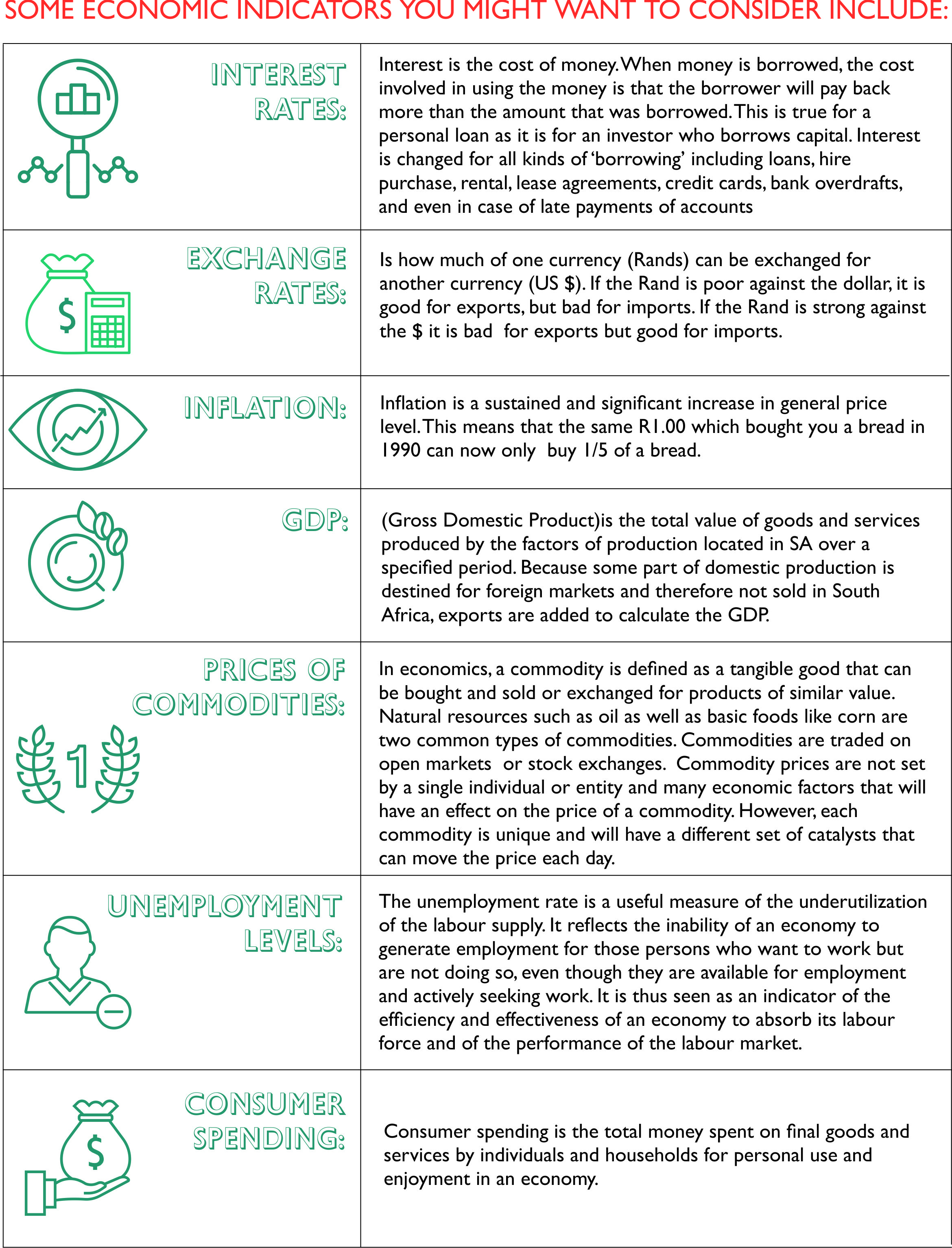Forecasts are often simply done based on past patterns and hunches; however, good forecasting utilises a combination of the following two methods:
History of the numbers
AND
Knowledge of the environment (the economy, competitors, the product, your market, etc.)
Be careful, as sales forecasts often become sales targets and this could in turn impact on the organisation’s capacity.
History of the Numbers
When looking at the history of the numbers, you should firstly look for patterns and then project patterns. Patterns could include:
- The company is expanding
- The company is in decline
- The company is seasonal
- Sales trends
- Sales cycles
When projecting patterns, it is important to take note of all the factors that could impact on the existing pattern. For example, an organisation in an expanding pattern might not necessarily continue to expand as it could be reaching its peak and be on the verge of decline. Another example would be a company in decline that has just stepped up its marketing budget and is now on the verge of expansion. Some organisations’ patterns might remain the same.
Knowledge of the Environment
Once you have determined the existing patterns, you will need knowledge of the market and environment in which you operate in order to project future patterns.
Knowledge of the market and the environment can be obtained from the following:
- Published economic forecasts and other published forecasts
- Your own research and knowledge
- The media
- Knowledge in your organisation
- The internet
- Industry networks

Two Critical Calculations To Master Before Working With Projections
In order to do proper capital spending projections, you need to understand how interest and depreciation are calculated. So, we will first deal with these and then move into the four types of estimations/projections you can make.
Click here to view an explanation about difference forecasting methods.